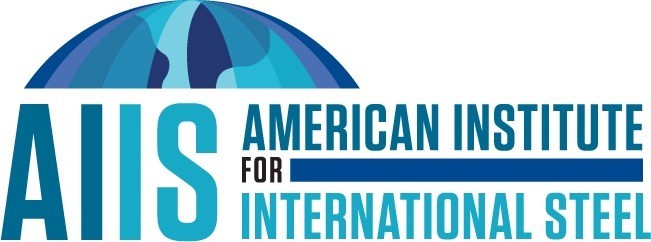
SEATTLE (Scrap Monster): U. S. trade remedies have recently become an even more major concern for importers of goods to the U. S., and, due to foreign retaliation against U. S. origin goods, for exporters as well. Many remedies are identified by shorthand names such as “safeguard,” “escape clause” or national security actions. Many are also identified by the section number of the law establishing them, even though there may have been multiple amendments between then and now.
Trade remedies are embodied in U. S. (and numerous other country) laws, but their use is covered by various agreements reached internationally under the World Trade Organization (WTO). These agreements allow WTO members to suspend certain obligations, most often bound tariff rates, without any retaliation by the targeted countries, provided specific conditions have been demonstrated and the required procedures have been followed. The WTO may require a country that fails to meet the conditions or follow the procedures to end its remedy actions; if that country does not to do so the WTO may authorize the targeted country or countries to impose retaliatory sanctions up to the value of any lost benefits.
Some of the most significant remedy provisions are:
Section 201 of the Trade Act of 1974 (19 U. S. C. §2251) permits the President to grant temporary import relief, by raising import duties or imposing nontariff barriers on goods entering the United States in such increased quantities that they injure or threaten to injure domestic industries producing like goods. These “safeguard” or “escape cause” actions involve an investigation and recommendations by the U. S. International Trade Commission (ITC).
Section 232 of the Trade Expansion Act of 1962 (19 U. S. C. §1862) authorizes the President, through tariffs or other means, to adjust the imports of goods or materials from other countries if it deems the quantity or circumstances surrounding those imports threaten national security. An investigation is conducted and recommendations made by the Department of Commerce (DOC). There is considerable controversy both within the U. S. and the WTO regarding what is meant by national security, and whether certain actions should be considered safeguard rather than national security actions, perhaps permitting retaliation.
Section 301 of the Trade Act of 1974 (19 U.S.C. §2411) authorizes the President to take all appropriate action, including retaliation, to obtain the removal of any act, policy, or practice of a foreign government that violates an international trade agreement or is unjustified, unreasonable, or discriminatory, and that burdens or restricts U.S. commerce. This has primarily been applied to intellectual property complaints, although other practices may be involved. Investigation is conducted by the United States Trade Representative (USTR).
Section 337 of the Tariff Act of 1930 (19 U.S.C. §1337) makes unfair methods of competition and unfair acts involving the importation and sale of certain articles in the U.S. unlawful. These actions involving patent, copyright, trademark and trade secret issues are investigated and remedies including Exclusion Orders are imposed by the ITC.
Although not generally identified by a Section number, Antidumping duties are assessed under Section 701 of the Tariff Act of 1930 (19 U.S.C. §1671) when it is determined that foreign suppliers or manufacturers are selling goods in the United States at a less-than-fair market value. Dumping occurs when goods are sold at a price less than that of the exporter’s home market, or at a price lower than the goods’ cost of production. To receive an AD duty, the dumping must be proven harmful to a company or industry in the United States. The amount of the AD duty is usually calculated to offset the margin of dumping. The injury determination is made by the ITC, and the dumping margin calculated and the Order imposed by the International Trade Administration (ITA) of the DOC.
Similarly, Countervailing Duties are applicable under Section 731 of the Tariff Act of 1930 (19 U.S.C. §1673) when a foreign government provides subsidies or assistance to a local industry. This can be in the form of low-rate loans, tax exemptions, or indirect payments. The assistance provided enables these suppliers and manufacturers to potentially export and sell the goods for less than domestic companies. Countervailing duties also in most instances require a finding of injury or threat of injury to a domestic industry, made after an investigation by the ITC. The amount of the subsidy is calculated by the ITA, and a CV duty is assessed based on the value of the subsidy.
Actions taken (or not taken) under the several remedy provisions are subject to varying levels of judicial review. Remedies imposed by the President generally receive less oversight, while those imposed by the ITA and ITC have more detailed review provisions. All are also subject to review by the WTO for conformity with the international agreements, although as noted the characterization of national security (Section 232) remedies and the appropriate level of review are the subject of current challenges.
Courtesy: AIIS
| Copper Scrap View All | |
| Alternator | 0.31 (0) |
| #1 Copper Bare Bright | 3.64 (0) |
| Aluminum Scrap View All | |
| 356 Aluminum Wheels (Clean) | 0.72 (0) |
| 6061 Extrusions | 0.63 (0) |
| Steel Scrap View All | |
| #1 Bundle | 475.00 (0) |
| #1 Busheling | 495.00 (0) |
| Electronics Scrap View All | |